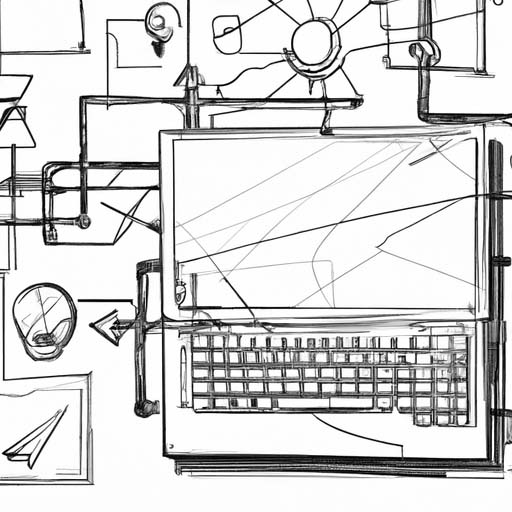Each industrial revolution has caused disruption, but it doesn’t necessarily mean a net loss of jobs. While automation and artificial intelligence (AI) can eliminate jobs and industries, they also create new ones. AI has already improved our lives, especially in the service industry, by increasing efficiency and giving us more free time for tasks like booking flights or ordering food. However, these improvements are somewhat superficial. AI’s impact goes deeper, with potential benefits in medicine, education, and solving complex scientific problems. For instance, Japan is using “carebots” to address the demand for elderly care. On the flip side, AI’s displacement of repetitive work can create opportunities for more creative and high-value roles. This transformation highlights the socio-economic impact of AI, leading to shifts in wealth distribution that require policymakers to adapt to an increasingly automated society, ensuring that power and wealth aren’t concentrated in ever fewer hands as automation takes hold and inevitably displaces workers, especially those on the lower rungs of the socio-economic ladder.
Crucial skills for an AI-driven world
- AI literacy means understanding AI’s role in daily life, industries, and communities, including its definition, operation, strengths, and limitations. Basic AI literacy is vital for everyone in today’s AI-driven world.
- There are four core pillars for AI literacy: concepts, context, capability, and creativity. These pillars involve understanding AI concepts, recognizing the importance of context, taking action to apply AI concepts, and fostering creativity in utilizing AI technology.
Africa faces unique challenges and requires a unique approach to AI in order to harness its potential and modernize its industries. Success with AI in Africa starts with leadership and change management, adaptation and innovation, managing AI and automation, and intelligence management. AI literacy must also be instilled in learners to prepare them for the job opportunities that AI will create.
New jobs and the transformation of existing ones
Reports suggest that AI is expected to replace 85 million jobs by 2025, but simultaneously create 97 million new jobs. The key challenge is not whether AI will change the workplace, but how companies can effectively integrate it to enhance human productivity rather than replace it. AI creates new, well-paying positions as well. For example, assembly line workers in automotive factories are being substituted by AI-driven robotics, but they are transitioning to new roles as robotics technicians. AI is also creating job opportunities in healthcare, automated transportation, and AI maintenance.
While concerns understandably persist about AI replacing jobs or making others obsolete, it’s essential to recognize that certain aspects of jobs may be automated, but human ingenuity, empathy, and creativity remain irreplaceable in many roles. AI will change the nature of work and lead to safer and more humane jobs.
